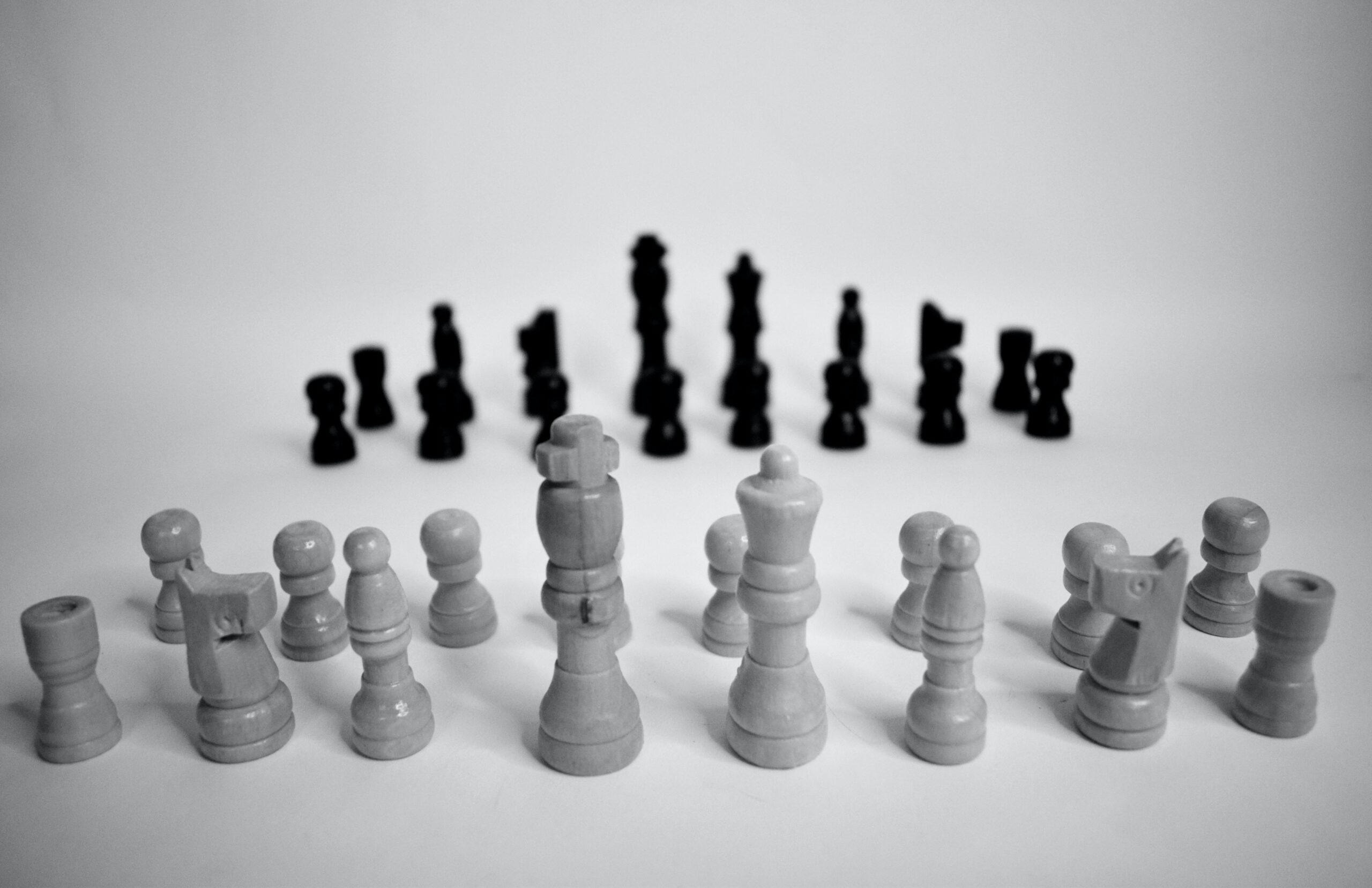Understanding conflict and how to manage it
When you think about your ideal day it probably doesn’t include conflict. It can be stressful, time-consuming and a big distraction. But in every team and every workplace it’s something that’s impossible to avoid.

Why does it bubble up? Competing pressures, poor communication, differences of opinion, changing goalposts, and opposing roles can all play a part. And when conflict shows up it affects individual and team performance, deadlines are missed, morale takes a dive, and output suffers.
So as leaders it’s natural to want to do remove, or even better, eradicate it. But as well as being difficult to prevent, conflict can be a useful tool to initiate change and improve communication.
From threat to management
The key is to move from a position of being threatened by conflict to managing it. There are a few tools that can help with this.
Getting to know the signs and stages of conflict is vital. Every conflict is different and nuanced, but there are definite patterns and lots of models that explore these. These 7 stages outlined by Eric Braham are a useful place to start:
- Latent conflict – there’s an ‘unstable peace’ and people have different views and things that bother them but not enough to upset the social order.
- Conflict emergence – this is where the latent conflict is triggered or the underlying tension overflows.
- Conflict escalation – conflict increases and starts to create divisions in the group and people begin to take sides.
- (Hurting) Stalemate – after escalation can often come stalemate where no one can win but no one wants to back down.
- De-escalation / negotiation – it may take time but eventually all conflicts move on. Tension is cooled and a different direction appears.
- Settlement – to resolve the conflict the grievances held on both sides need to be minimised. This may naturally occur on one side but for a resolution both sides need to feel satisfied.
- Post-conflict peacebuilding – the settlement needs to be implemented and strong, equitable relations are key to this.
Not every conflict will follow this in a totally linear way, but keeping these stages in mind can help you navigate towards settlement and peace-making.

Minimising the risk of conflict
Conflicts will happen, but they will happen less in positive, collaborative, and happy environments.
How can we develop a workplace and a team where conflict is rare?
- Clear communication – this helps to build trust, fosters relationships, and keeps people on the same page.
- Active listening – hearing other views and being open to opinions means we’re better place to discuss and collaborate, rather than end up in conflict.
- Coaching – putting in place a coaching model within your team encourages communication, reflection, and gives a clear space to share challenges and opportunities.
- Regular performance reviews – a good feedback loop will give clarity and transparency around expectations and performance.
- Team events – team meetings are important communication tools but go beyond this and bring people together to share experiences and create bonds in the good times, that will be invaluable in the challenging times.
With people and pressure, there will inevitably come times of tension. By working to create a culture and an environment where people feel valued, and collaboration is the norm you’ll have a team ready to work through and ride out storms. When storms do arrive, by moving from a position of threat and avoidance to empathy and management you’ll be better placed to minimise the impact and get progress back on track.